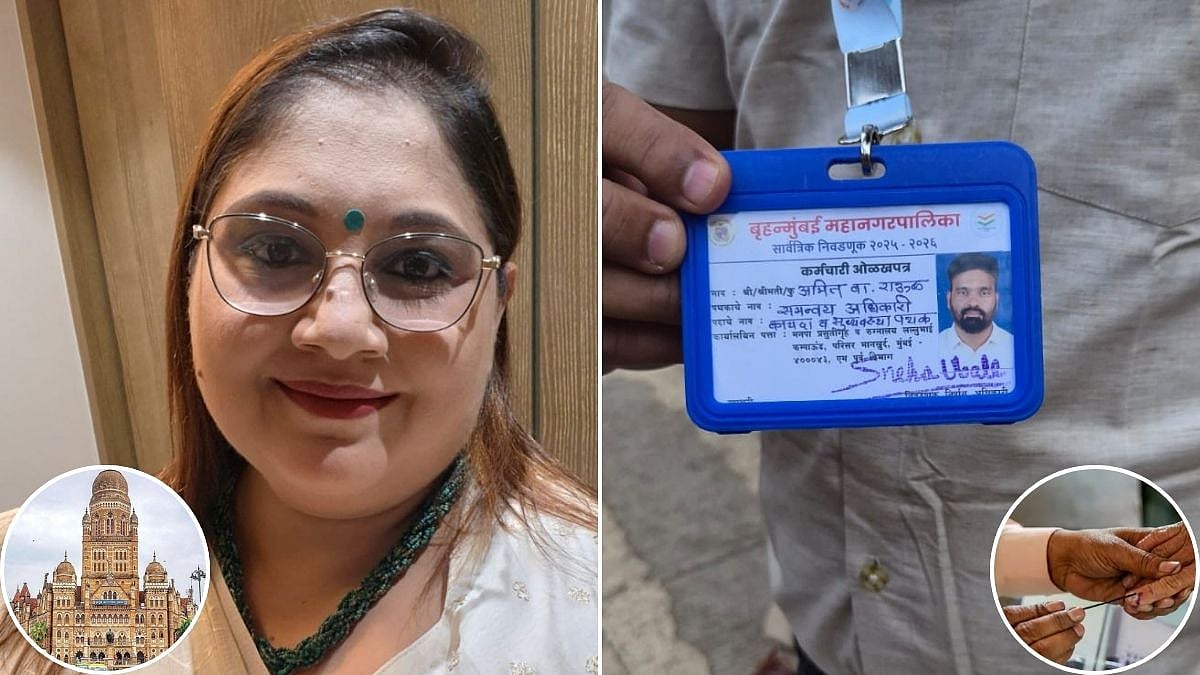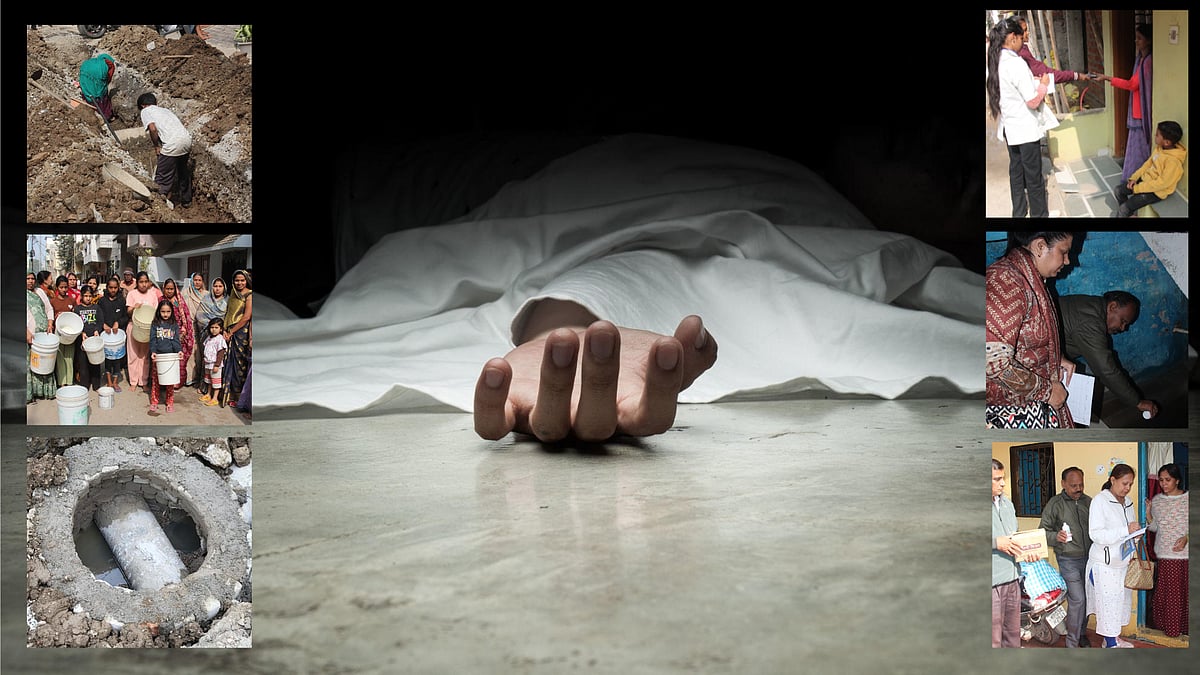Washington: Scientists have found a possible explanation for why some COVID-19 patients experience extremely low, otherwise life-threatening levels of oxygen, known as happy hypoxia, but no signs of difficulty in breathing.
The new understanding of the condition, also known as silent hypoxemia, could prevent unnecessary intubation and ventilation in patients during the current and expected second wave of coronavirus, according to the study published in the American Journal of Respiratory and Critical Care Medicine.
Intubation is the process of inserting a tube, called an endotracheal tube (ET), through the mouth and then into the airway. It is done so that a patient can be placed on a ventilator to assist with breathing.
Happy hypoxia "is especially bewildering to physicians as it defies basic biology," said Martin J. Tobin, a professor at Loyola University Chicago Stritch School of Medicine in the US.
"In some instances, the patient is comfortable and using a phone at a point when the physician is about to insert a breathing (endotracheal) tube and connect the patient to a mechanical ventilator which while potentially lifesaving carries its own set of risks," said Tobin.
The study included 16 COVID-19 patients with very low levels of oxygen -- as low as 50 per cent compared to normal blood oxygen saturation between 95 and 100 per cent -- without shortness of breath or dyspnea.
The researchers found that "several pathophysiological mechanisms account for most, if not all, cases of silent hypoxemia." This includes the initial assessment of a patient's oxygen level with a pulse oximeter, they said.
"While a pulse oximeter is remarkably accurate when oxygen readings are high, it markedly exaggerates the severity of low levels of oxygen when readings are low," said Tobin.
He noted that another factor is how the brain responds to low levels of oxygen. "As oxygen levels drop in patients with COVID-19, the brain does not respond until oxygen falls to very low levels -- at which point a patient typically becomes short of breath," said Tobin.
In addition, more than half of the patients had low levels of carbon dioxide, which may diminish the impact of an extremely low oxygen level, the researchers said.
"It is also possible that the coronavirus is exerting a peculiar action on how the body senses low levels of oxygen," said Tobin, which could be linked to the lack of smell, experienced by two-thirds of COVID-19 patients.
While acknowledging that further research is needed, the study concludes that "features about COVID-19 that physicians find baffling become less strange when viewed in the light of long-established principles of respiratory physiology."
"This new information may help to avoid unnecessary endotracheal intubation and mechanical ventilation, which presents risks, when the ongoing and much anticipated second wave of COVID-19 emerges," said Tobin.








